AR and VR Opportunities for Young Tech Professionals: An Interview with Fredy Andrade
- 21 Jul 2023
- 6 min read
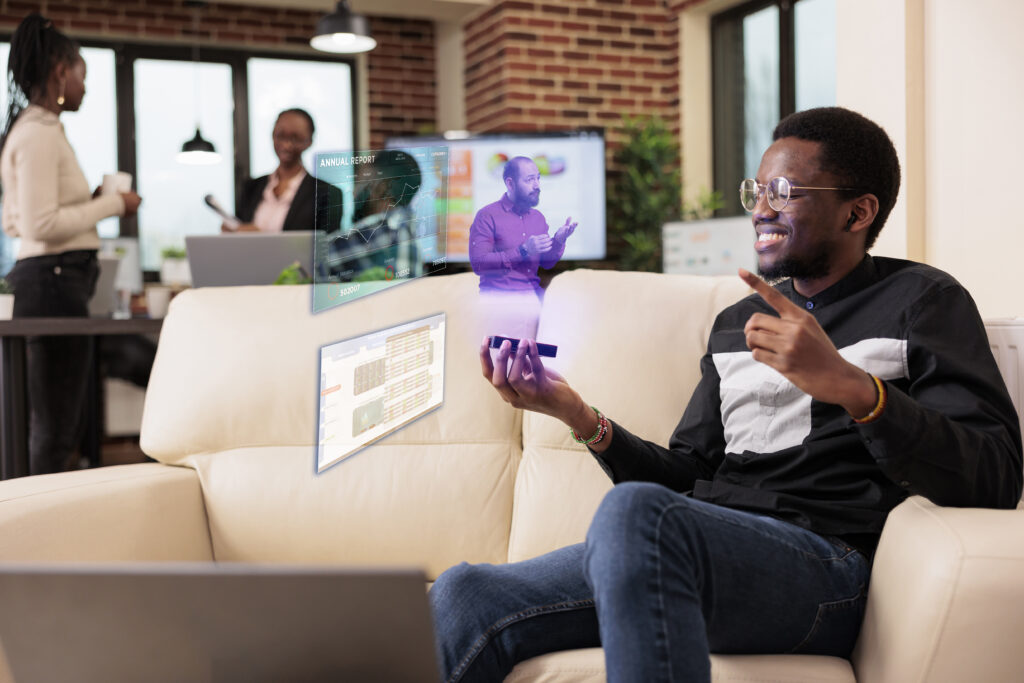
Every industry is being disrupted by the transformative power of technology. From financial services, to healthcare, and even gaming, technological innovations are improving products and services, and creating more engaging experiences for consumers. For tech professionals looking to get in on this action, immersive technologies such as Augmented Reality (AR) and Virtual Reality (VR), are one way to go.
Fredy Andrade, Software Developer and Gameplay Programmer, is using AR and VR to revolutionise video game technology. In this insightful conversation, he shared with us the opportunities that exist for young tech professionals in the AR/VR field, and how they can utilise their existing skills to create a successful AR/VR career.
Could you share a bit about your background, and how you got your start in the AR/VR industry?
I’ve worked as a Software Developer over the last 10 years creating web platforms with languages such as Ruby and Javascript, and co-founding the first Afro-Colombian Programmer’s Community called Hackdó, in my free time. Particularly in the last 4 years, I’ve been able to chase my childhood dream of developing AR/VR experiences for festivals and video games such as Fortnite, Satoshiverse, and NoahVRK.
As an Afro-Colombian, I have always been concerned about the future of our people and the way we preserve our traditions and tenets. Those concerns made me think that maybe the intersection between tradition, technology and my dream of becoming a Game Programmer could be used to preserve our ancestral memories in new mediums. While I was at university, I started creating casual games to test this assumption. Years later, I discovered AR and VR as new mediums, and things just took off from there. In time, I’ve come to realise AR and VR are only a fraction of how data and information will transform the way we perceive and interact with the world, and that has made pursuing this field all the more exciting for me.
What are some of the most memorable projects you’ve worked on so far?
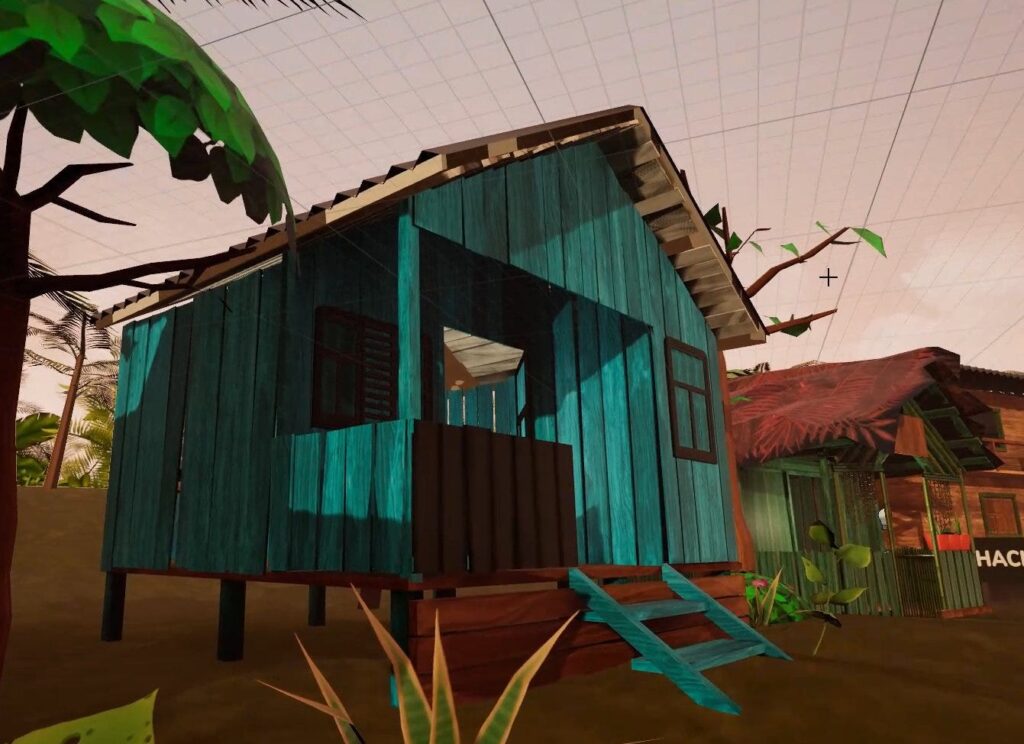
I’ve worked on numerous projects over the years, each one for a different medium. One of the most interesting projects I worked on was The Afro Verse – a VR experience focused on Palafitico Buildings, made for NegroFest.
Another memorable project I worked on is an unreleased game called NoahVRK. My job was to build the main character mechanics interacting with objects, set the inverse kinematic animations of hands for making them follow the Quest Controller, and integrate animations. It was a great experience and is the most realistic VR game I have worked for.
I’ve also worked on a blockchain game called Satoshi Verse. My responsibility on this was to build Enemies AI, integrate the animations for each character, and apply the Unreal Engine Ability System to NPC.

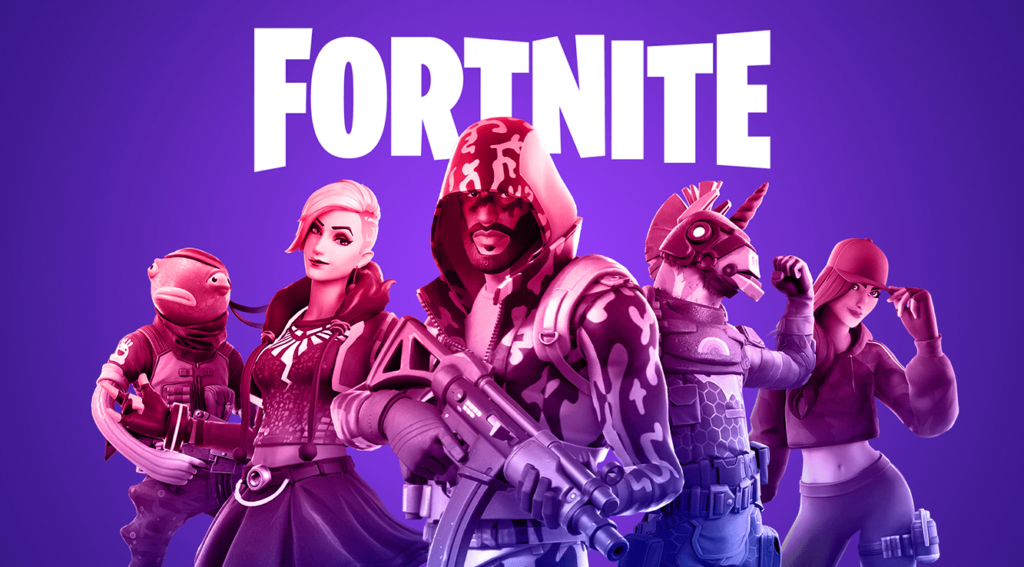
Of all my projects, the most prominent one is Fortnite. My work there has been focused on making UI/UX improvements, solving bugs and creating other fun things that I’m not at liberty to discuss at the moment.
How is the AR/VR industry evolving in tandem with other technological advancements?
The growth of the AR/VR industry has been slow and steady, but it has really skyrocketed in the last 5 years. The demand for AR/VR job positions grew by 1400% just in 2019. Now the future is even brighter with Apple jumping into the competition against Meta and rebranding the field as Spatial Computing.
The noticeable achievements of this industry are in the way it is changing everything. For example, the world of short animated movies is better than ever before. Meta has invested a lot of money in tiny studios making touching movies that allow viewers to interact with the main characters. A lot more optimization techniques, texture packaging, and animation tools now exist, like Quill Animation for animation, Medium for 3D sculpting, and Quill Tether for watching short animation movies. There are also various tools designed specifically for working in the metaverse. So really, the possibilities that Spatial Computing (AR/VR) is opening for creators are endless!
What current or future AR/VR trends do you find most intriguing?
The future of AR/VR is getting more exciting especially in fields like drone operation, cinema, video games, and human interaction in chats. In the next five years, I think workstations or remote working will change dramatically, enabling immersive collaboration and transforming the way we interact with colleagues and clients alike.
I also believe that we are entering into a new era where AR and VR devices will be cheaper and more accessible for people. The success of this field depends on the creation of tools that improve the lives of people as they go about their daily activities. So in order to ensure the continued growth of AR and VR, it is crucial to address the gap in device price and accessibility, making these technologies more affordable and widely accessible to all.
What skills do you think are most relevant for succeeding in an AR/VR-related role, and how can the skills we’re offering at ALX help our learners build careers in the industry?

The skills necessary for AR/VR related roles exist in a wide range of fields. For example, you can be an animator that understands the creation process with Quill Animation, or you can be a programmer who knows how vectors work in linear algebra. Having a solid understanding of game engines such as Unreal Engine or Unity can also give you a chance, and knowing how to build UI/UX solutions and adapting them to Spatial Computing is a crucial area of expertise. Additionally, if you understand spatial sound, you will be able to play a key role in making narratives more appealing.
There are many paths that can lead to a career in the AR/VR world, and I think ALX’s programmes put technology professionals on the right track towards achieving this. From backend work like Software Engineering, and Cloud computing, to front end services like Salesforce Administration, to Data Analytics, a team focused on making AR/VR products, needs members with various areas of expertise.
What advice would you give tech professionals eager to break into the AR/VR field?
The first thing an aspiring AR/VR professional should do is unlearn any preconceptions about how Spatial Computing products are created and open yourself up to learning new skills. If you already have programming knowledge, work on building UI/UX skills and making animations. Learn about the main rules for AR/VR human interactions and the rules for device limitations. Finally, join or build a local community where you can create products that you can showcase to others. This will help you learn from others while you hone your own skills.
Discover how Software Engineering, Data Analytics, Data Science, Cloud Computing or Salesforce Administration can open doors to innovative technological solutions like AR and VR. Join thousands of other budding tech professionals today by applying to ALX.
 Ghana
Ghana 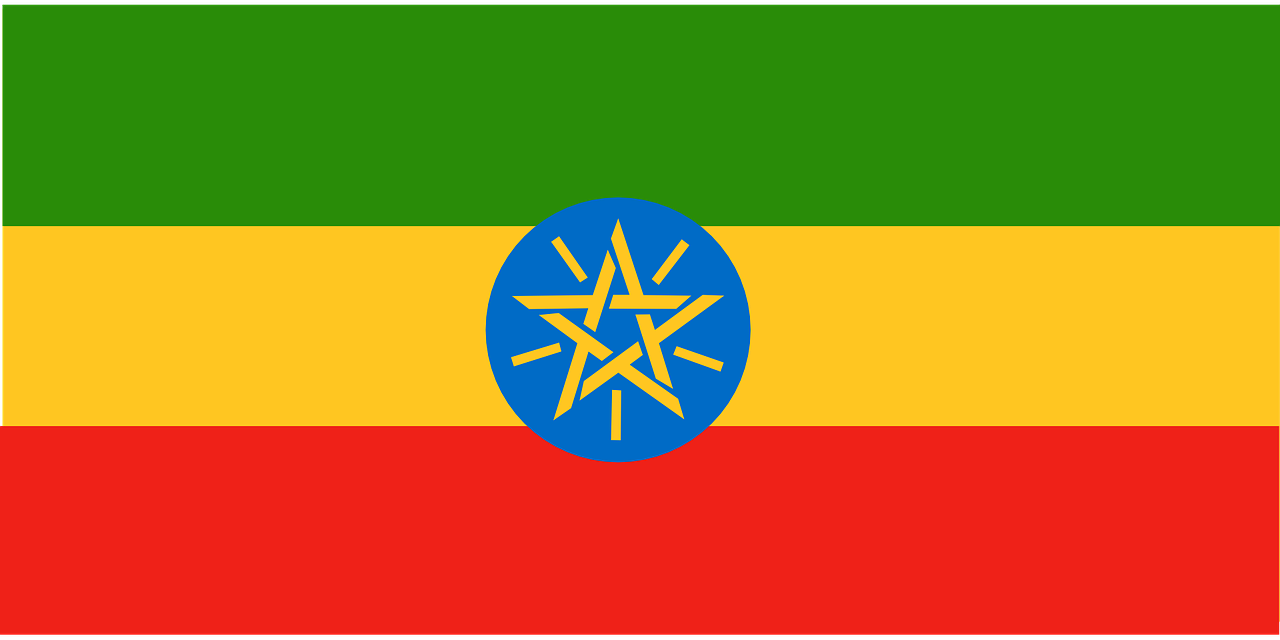 Ethiopia
Ethiopia  Egypt
Egypt 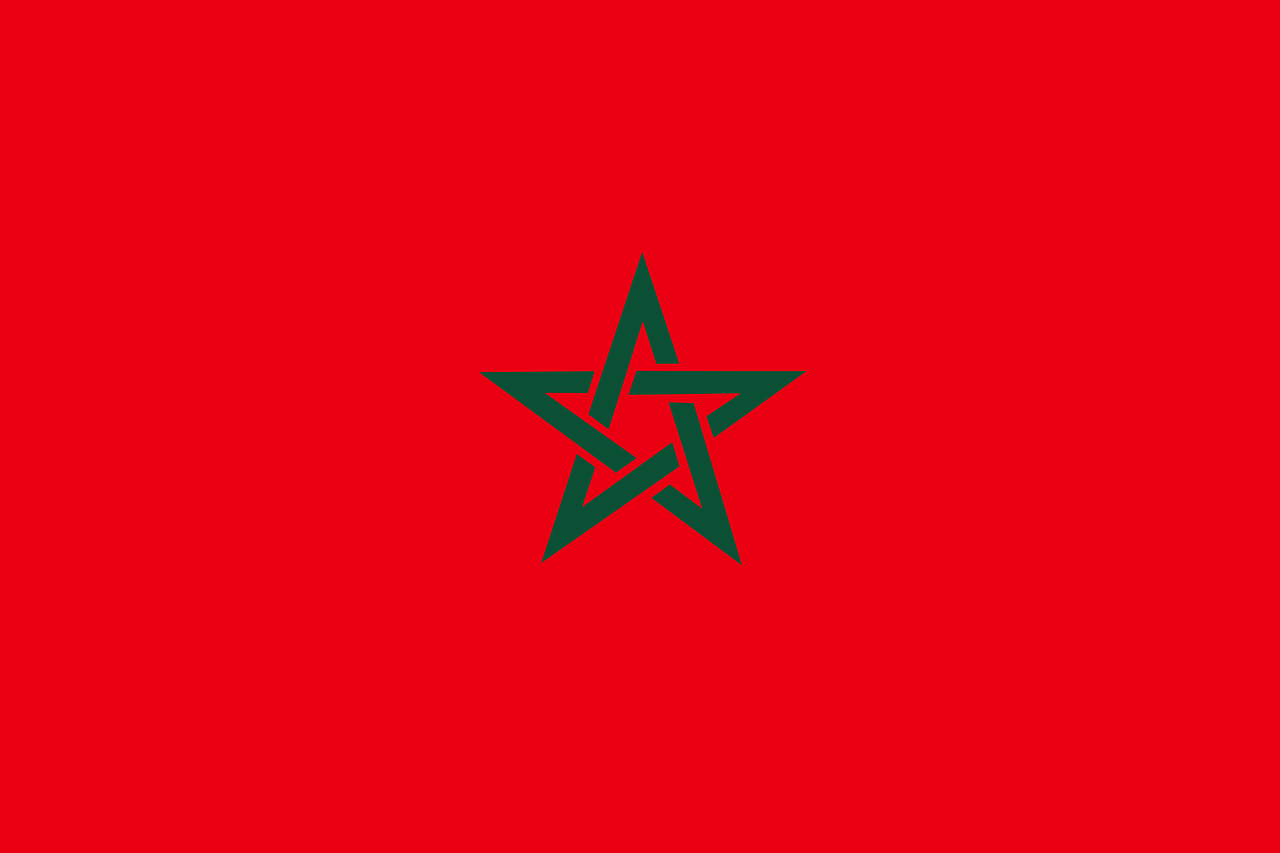 Morocco
Morocco  South Africa
South Africa 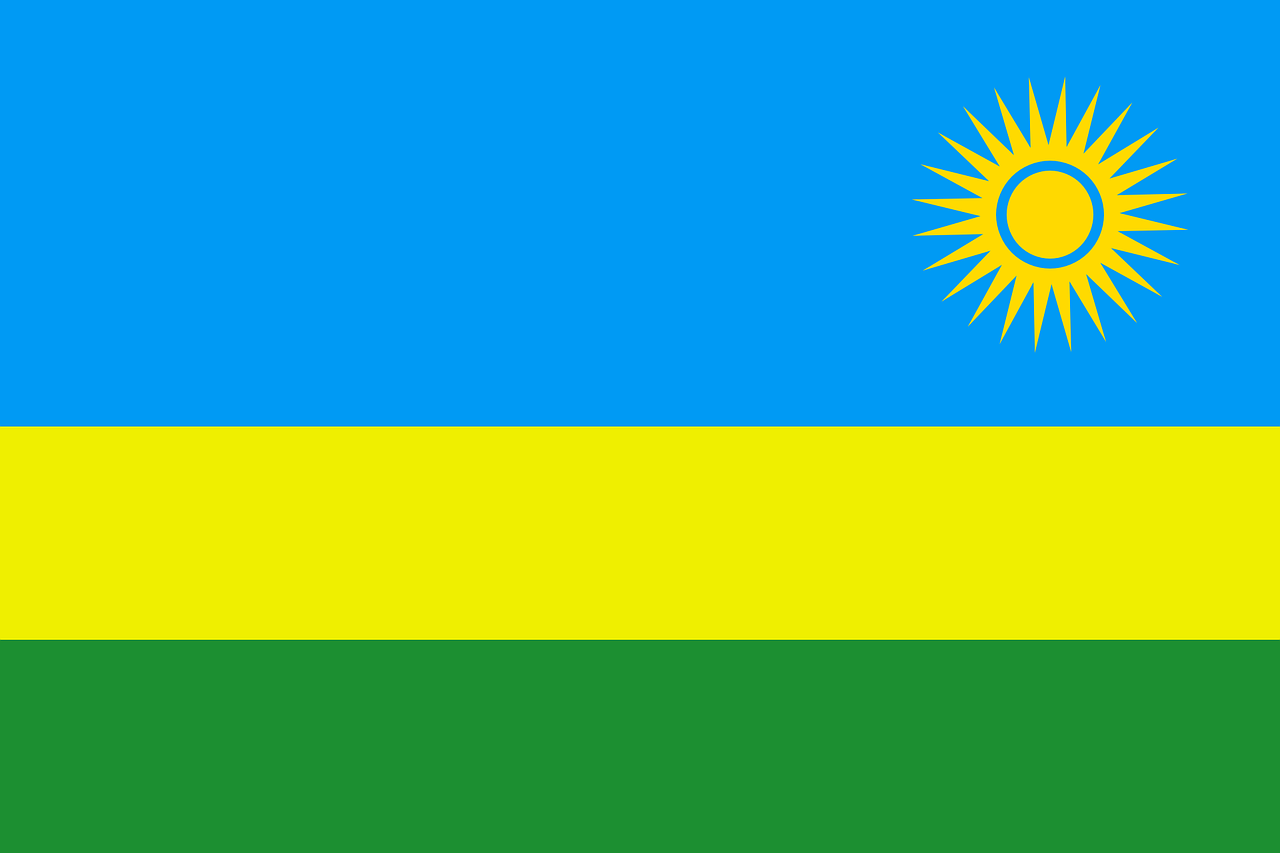 Rwanda
Rwanda  Nigeria
Nigeria 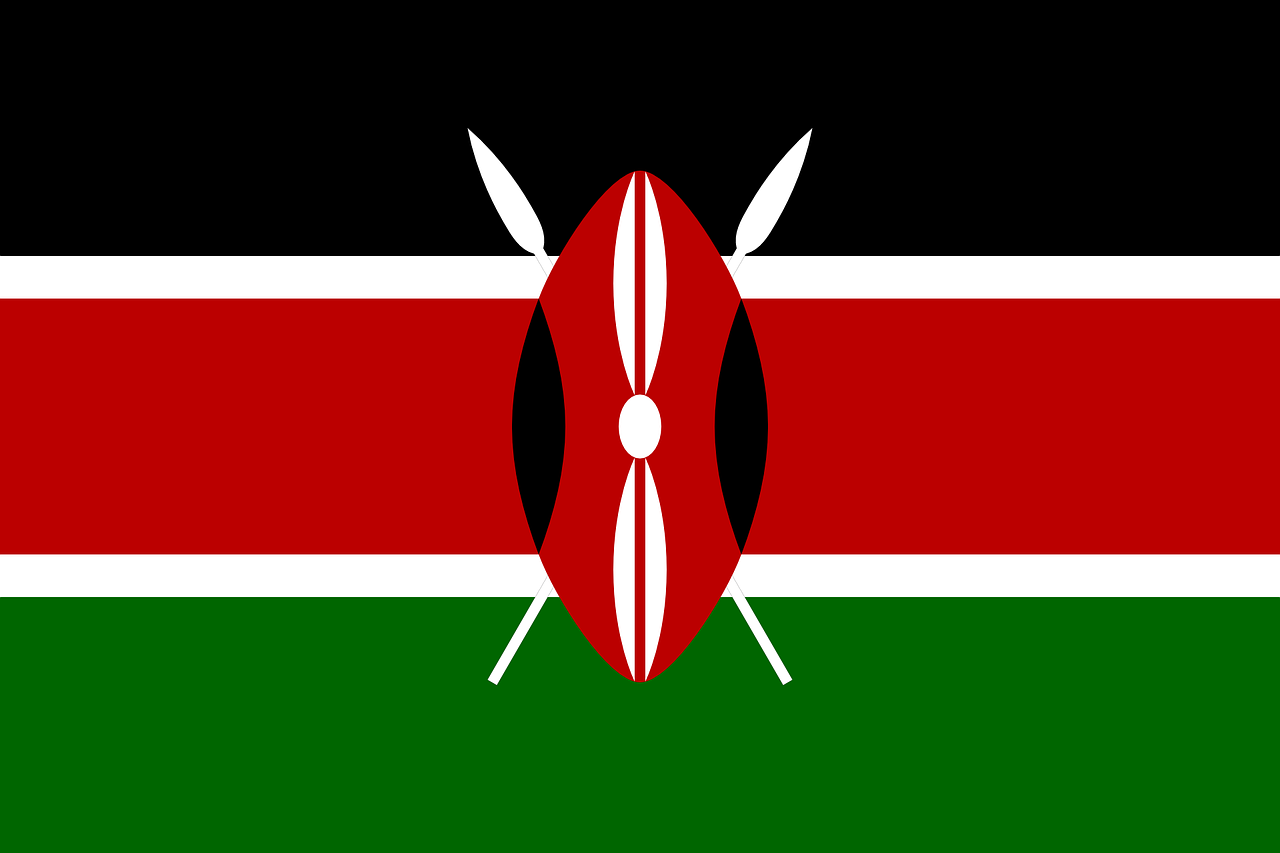 Kenya
Kenya 